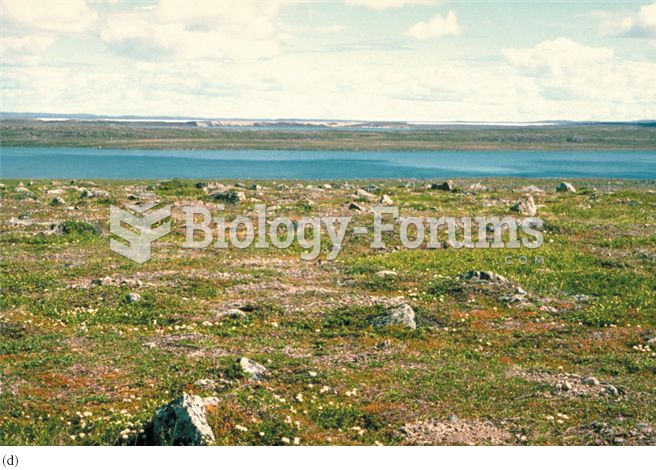|
|
|
You should not take more than 1,000 mg of vitamin E per day. Doses above this amount increase the risk of bleeding problems that can lead to a stroke.
In inpatient settings, adverse drug events account for an estimated one in three of all hospital adverse events. They affect approximately 2 million hospital stays every year, and prolong hospital stays by between one and five days.
Immunoglobulin injections may give short-term protection against, or reduce severity of certain diseases. They help people who have an inherited problem making their own antibodies, or those who are having certain types of cancer treatments.
The most dangerous mercury compound, dimethyl mercury, is so toxic that even a few microliters spilled on the skin can cause death. Mercury has been shown to accumulate in higher amounts in the following types of fish than other types: swordfish, shark, mackerel, tilefish, crab, and tuna.
If you could remove all of your skin, it would weigh up to 5 pounds.
 Impacts of glaciers on landscapes can be seen as (a) a U-shaped valley in Labrador, (b) a drumlin fi
Impacts of glaciers on landscapes can be seen as (a) a U-shaped valley in Labrador, (b) a drumlin fi
 Oil pressure applied to the locking pin causes the inside of the lifter to freely move inside the ...
Oil pressure applied to the locking pin causes the inside of the lifter to freely move inside the ...
 Pull-ups from shoulder to buttocks. (A) Move across the shoulder, fingertips between the ribs. (B) ...
Pull-ups from shoulder to buttocks. (A) Move across the shoulder, fingertips between the ribs. (B) ...




